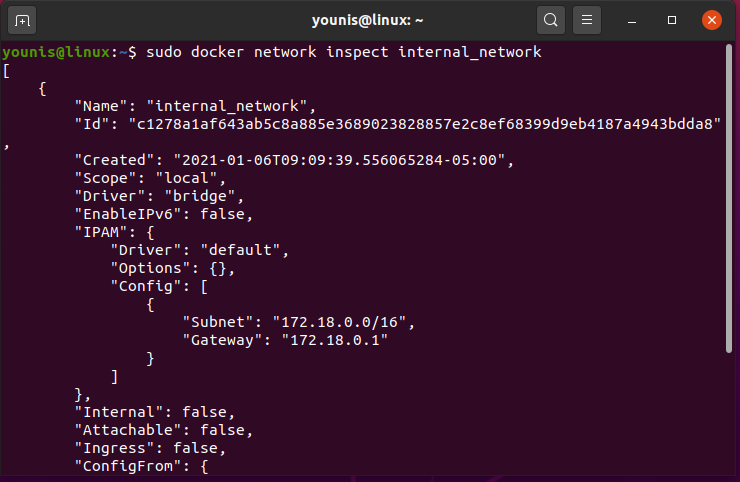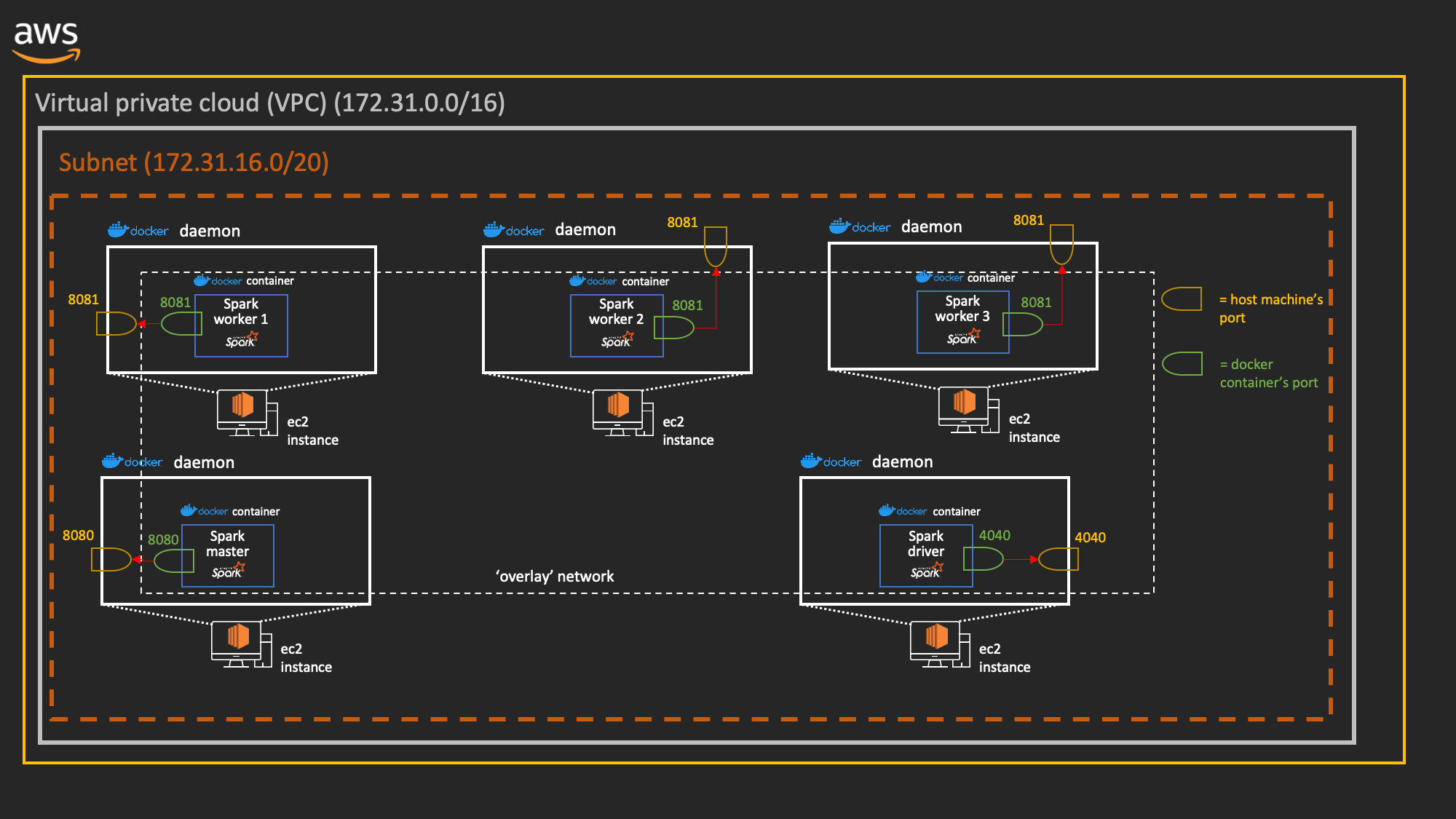

Docker host mode networking in action $ docker run -d -net=host ubuntu:14.04 tail -f /dev/nullĢ: eth0: mtu 9001 qdisc mq state UP group default qlen 1000 By default, the daemon then connects all containers on a host to this internal network through creating a pair of peer interfaces, assigning one of the peers to become the containers eth0 interface and other peer in the namespace of the host, as well as assigning an IP address/subnet from the private IP range to the bridge ( Example 1).Įxample 2. In this mode (see Figure 2), the Docker daemon creates docker0, a virtual Ethernet bridge that automatically forwards packets between any other network interfaces that are attached to it. 2 We will have a closer look at each of those modes relevant for a single-host setup and conclude at the end of this article with some general topics such as security. In a nutshell, there are four modes available for Docker networking: bridge mode, host mode, container mode, or no networking. Simply put, Docker networking is the native container SDN solution you have at your disposal when working with Docker. In addition to being able to process things in parallel, you usually gain fault tolerance with distributed systems, as parts of the system can continue to work more or less independently.
#Docker network command code#
Think about the following for a moment: if your dataset size is in the TB and your code size is in the MB, its more efficient to move the code across the cluster than transferring TBs of data to a central processing place. By data locality I mean the principle to ship the code to where the data is rather than the (traditional) other way around. The basic idea behind using a distributed system (for computation or storage) is to benefit from parallel processing, usually together with data locality. Multihost deployments usually become necessary either when the capacity of a single host is insufficient (see the earlier discussion on average and maximal number of containers on a host) or when one wants to employ distributed systems such as Apache Spark, HDFS, or Cassandra. Both performance considerations and security aspects will likely influence your design decisions. In multihost deployments, you need to consider two aspects: how are containers communicating within a host and how does the communication paths look between different hosts.Naturally, the upside of shared volumes is speed. Although a Docker data volume is simple to use, it also introduces tight coupling, meaning that it will be harder to turn a single-host deployment into a multihost deployment. For most single-host deployments, the question boils down to data exchange via a shared volume versus data exchange through networking (HTTP-based or otherwise).No matter if you have a single-host deployment or use a cluster of machines, you will almost always have to deal with networking:

#Docker network command trial#
Get a free trial today and find answers on the fly, or master something new and useful.

Join the O'Reilly online learning platform. And heres another data point: at Mesosphere, we found in various load tests on bare metal that not more than around 250 containers per host would be possible.

For example, Facebook reports thatdepending on how beefy the machine isit sees on average some 10 to 40 containers per host running. This means that one host typically has several containers running on it. The relationship between a host and containers is 1: N. Simplified Docker architecture (single host) The host has the Docker daemon and client running, as depicted in Figure 1, which enables you to interact with a Docker registry on the one hand (to pull/push Docker images), and on the other hand, allows you to start, stop, and inspect containers. This can either be a physical machine (e.g., a bare-metal server in your on-premise datacenter) or a VM either on-prem or in the cloud. A Docker container needs a host to run on.
#Docker network command how to#
As an introduction to networking with Docker, were going to start small, and show how quickly you need to start thinking about how to manage connections between containers. When you start working with Docker at scale, you all of a sudden need to know a lot about networking. For more on Docker networking, including an overview of multi-host networking, see the free ebook Docker Networking and Service Discovery, by Michael Hausenblas.


 0 kommentar(er)
0 kommentar(er)
